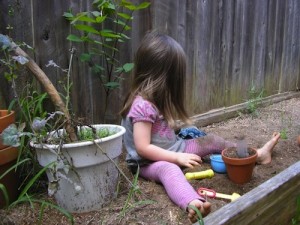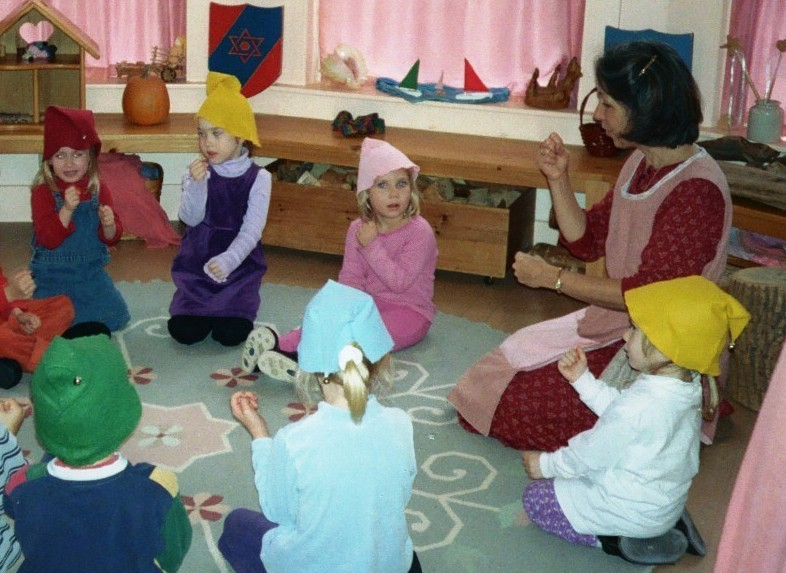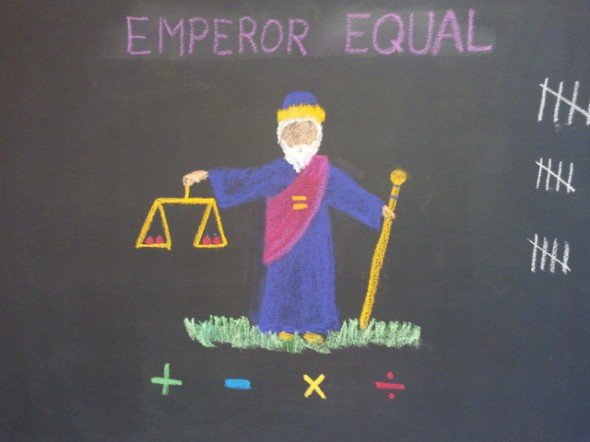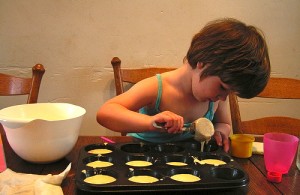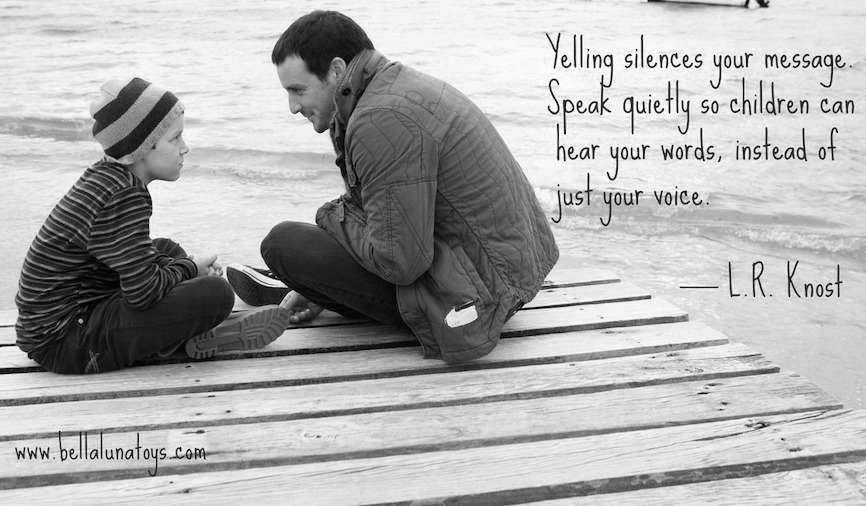It took me many years of experience as a parent and Waldorf teacher before I learned a really important lesson.
I learned that when I really needed to get my message across to a child, it is much more effective to get down to the child’s level, look him in the eye, and speak in a quiet, calm voice.
When we yell, children (and adults!) tune us out. When emotions are flying high and voices are escalating, it can take a child by surprise to be spoken to in a tone close to a whisper. The child will stop what she’s doing to really hear what is being said.
We are adults. When children experience us as being in control of our emotions, they feel much more secure, even when their immature emotions are spiraling out-of-control. It is our job to keep calm and let children know that we are in control and able to help.
It’s not always easy to do with a screaming toddler or while a pair of siblings are pummeling each other, but it’s important to take a deep breath, stay focused in the present, and remind yourself that you are the adult, and that you are capable of responding calmly.
Wish I’d learned this when my own children were younger. I hope that many of you will learn this important lesson sooner than I did! It will absolutely result in more harmony—at home or in the classroom.
Peace,

Do you have any discipline challenges, or tips to share? Please leave a comment!


